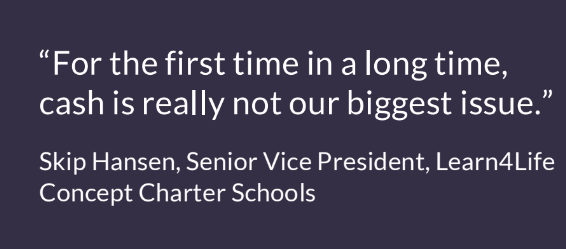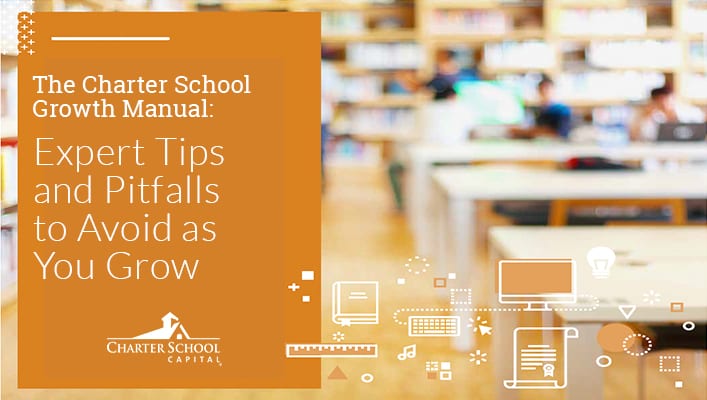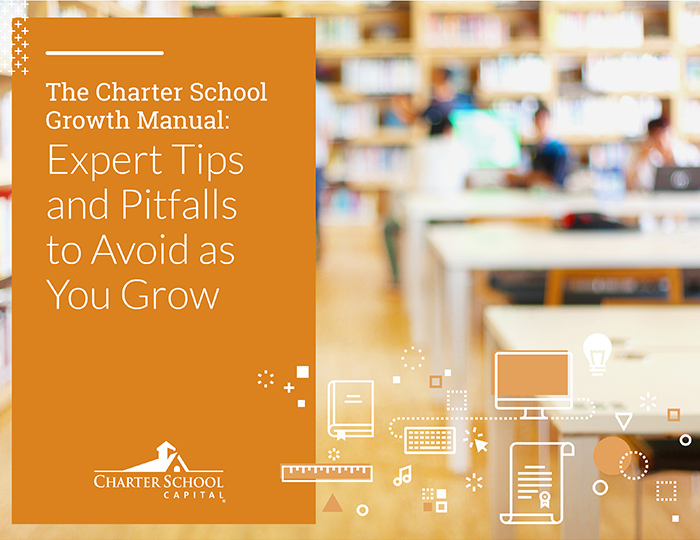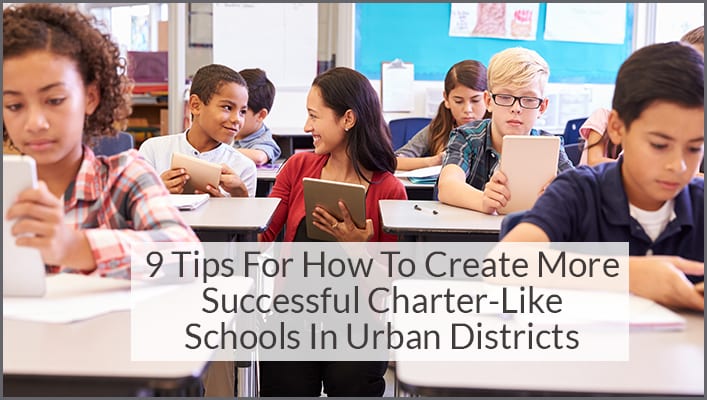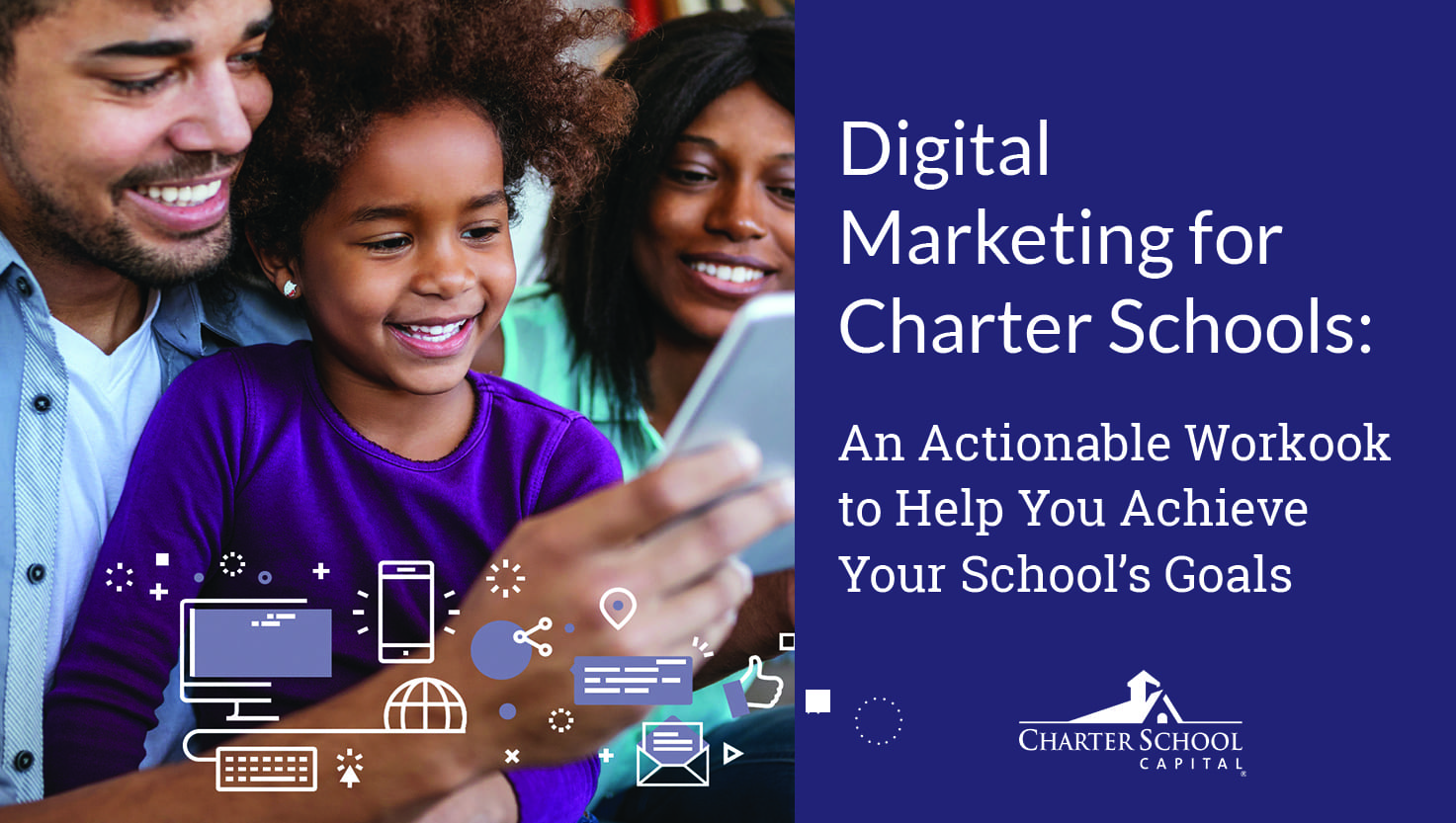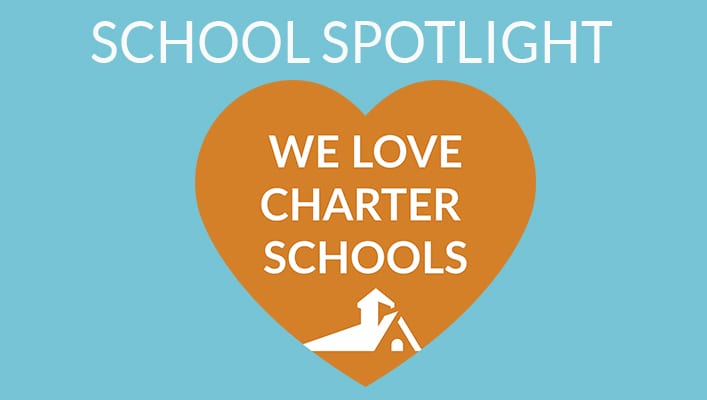 Charter School Students Deserve Access to Quality Public School Facilities
Charter School Students Deserve Access to Quality Public School Facilities
Editor’s Note: This post was originally written by Nina Rees on October 18, 2018. Nina Rees is the president and chief executive officer of the National Alliance for Public Charter Schools and former deputy assistant for domestic policy to Vice President Dick Cheney. Follow her on Twitter @Ninacharters.
Though charter schools are public schools, supported by state and local tax dollars, they don’t usually have the same access to public school buildings, let alone funding for new facilities. Unfortunately, even when district-owned buildings are underused or completely abandoned, districts don’t like to give, sell, or lease them to charter schools, which are viewed by much of the educational establishment as their competitors.
Read on to learn about some potential solutions to this issue and what can be done to ensure that all students, both from traditional public district-run schools and public charter schools have access to school facilities that provide optimal learning environments for our nation’s children.
We think it’s vital to keep tabs on the pulse of all things related to charter schools, including informational resources, and how to support charter school growth and the advancement of the charter school movement as a whole. We hope you find this—and any other article we curate—both interesting and valuable.
Public school buildings belong to public school students — including charter students
As children conclude their first weeks of school across America, how do you envision their school buildings? The traditional brick-front building with big windows and rows of tidy desks? A more modern structure with laptops at workstations and a dual-use gym and theater?
How about an abandoned big box store in a strip mall?
For charter school students in many states, this last option is too familiar. Even though charter schools are public schools, supported by state and local tax dollars, they don’t usually have the same access to public school buildings, let alone funding for new facilities. As a result, they must dip into funds that would otherwise be used for instruction to pay for rents or mortgages. While charter schools are safe havens for learning, they don’t always have the amenities that one would typically associate with a school. Gyms, libraries, even cafeterias aren’t guaranteed for charter school students, because the schools are often located in buildings that were never designed to educate children.
Many students in district-run schools are learning in outdated spaces. But unlike most charter schools, district-run schools have free access to public buildings, and public financing options are more easily available to them. They get direct support from their state or community, or they can issue bonds that offer tax advantages to buyers, while taxpayers foot the bill for the added debt. Additionally, school districts usually maintain large inventories of school buildings that can be renovated to accommodate growing school enrollments. Charter schools rarely have these options.
Adding to the challenge is that school districts tend to be parsimonious with their own buildings. Even when district-owned buildings are underused or completely abandoned, districts don’t like to give, sell, or lease them to charter schools, which are viewed by much of the educational establishment as competitors. The anti-charter behavior can get so extreme that some school districts have not only refused to sell or rent school buildings to charter schools, but they’ve also attached legal riders that prevent private buyers from selling or renting their buildings to charter schools. Better to convert those old classrooms into condos than to allow a growing, high-demand charter school to teach students in them.
Some states, however, are rising to the challenge and giving charter schools a fair shake. Nine states include charter schools in district capital planning and bond issuance. However, existing efforts don’t even come close to meeting the estimated $375 million in additional funding needed annually to meet the facilities needs resulting from increased parental demand for charter schools.
With the need so great, state governments, the federal government, and private investors can all be part of the solution.
Every state should give charter schools the first right to unused district facilities. Public school buildings no longer needed by a school district should be used by other public schools — i.e. charter schools — if those schools need the space. Opposition to that is simply unjustifiable.
States could also provide facilities funding to charter schools in the form of a per-pupil facilities allowance, establishing a state grant program for charter school facilities, and requiring that charter schools be included in school district bonding and mill levy requests.
The federal government can help, too. Several federal programs exist to help charter schools access facilities, but funding is limited both numerically and geographically. Other programs require technical financial expertise that may be beyond the reach of local school founders. Many current programs are inaccessible to all but the largest charter school networks.
Support for charter schools is a rare issue that President Trump and congressional leaders of both parties agree on. The federal government can use public funding to incentivize better state policies, or private investment — for instance, by enabling the sale of charter school infrastructure bonds and notes to investors in the capital markets, in the same way, that other tax-advantaged bonds and notes are sold. The newly enacted Opportunity Zone tax incentives may provide help for charter schools that open facilities in the most economically distressed parts of the country, but it depends on investors willing to create funds that will invest in charter schools.
There are many possible solutions to the charter school facilities funding challenge, but action is needed now. Millions of parents want to choose their child’s school but can’t because a lack of facilities funding limits charters’ growth. And too many charter school students and teachers are making the best of inadequate facilities that lack essential school features. With smart investments now, policymakers can help more students start future school years in buildings designed for learning.
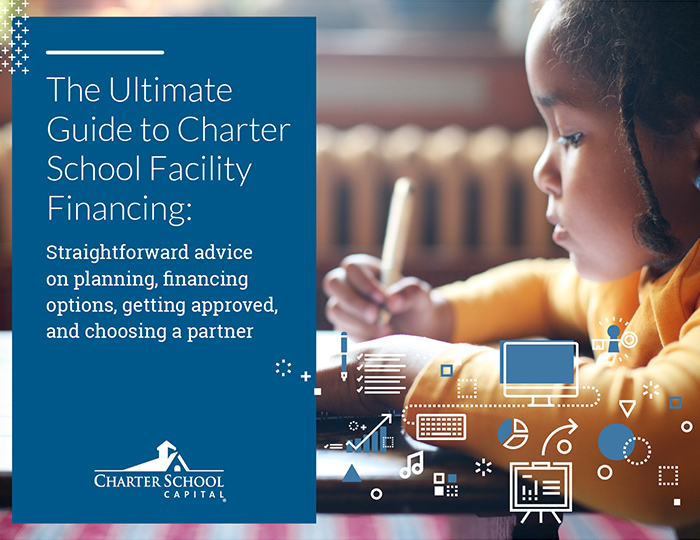
The Ultimate Guide to Charter School Facility Financing:
Thinking about a new facility for your charter school or enhancing your current one? This guide shares straightforward and actionable advice on facilities planning, financing options, getting approved, choosing a partner, and much more! Download it here.

